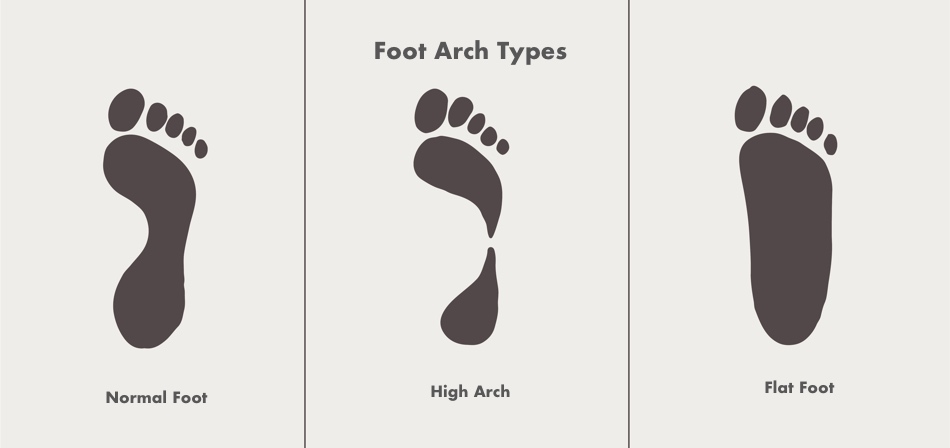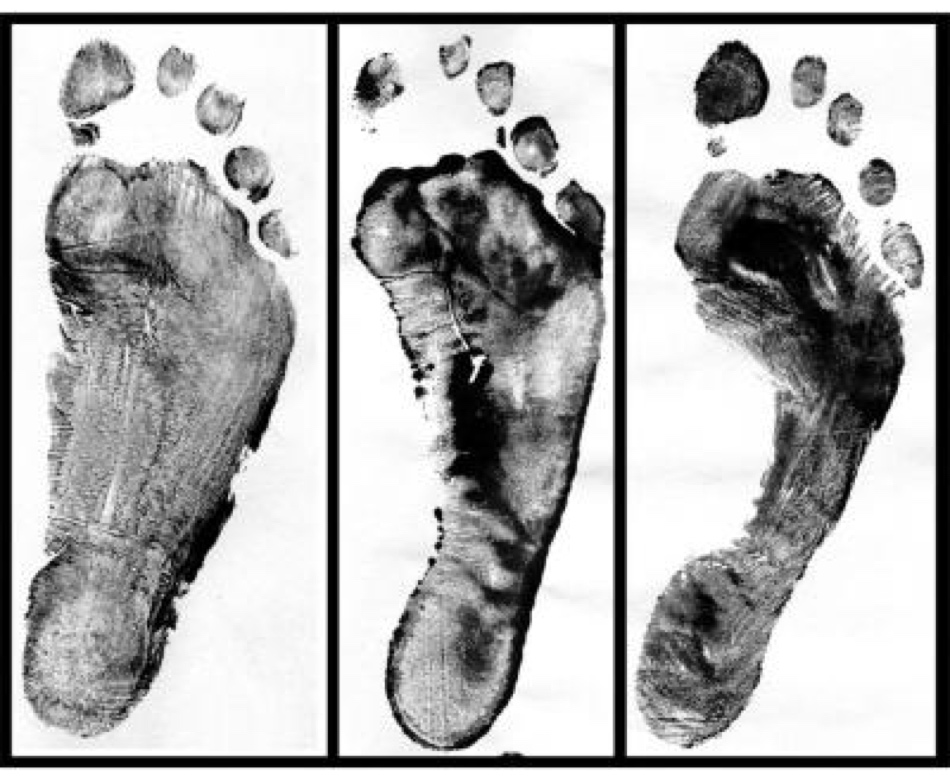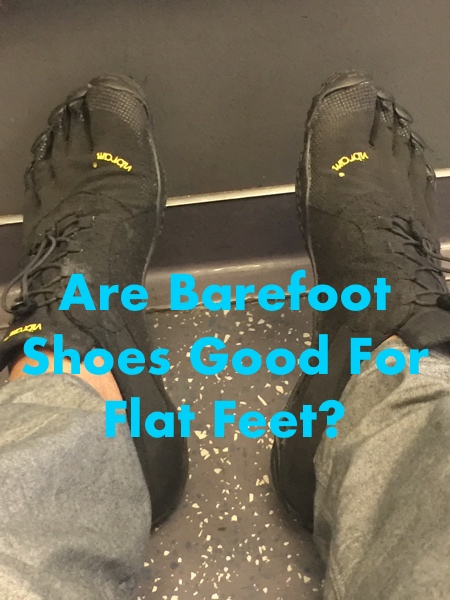Are Barefoot Shoes Good For Flat Feet?
Table of Contents
Walking in barefoot shoes can be an exciting and exhilarating activity especially during the summer months when it is warmer. But what about wearing barefoot shoes if you have flat feet? Will barefoot shoes make my flat feet worse? this article will give you the answers you need.
Are barefoot shoes good for flat feet? Wearing barefoot shoes are good for flat feet. Here’s what I mean: with flat feet means your arches are fallen, and your feet are pronated (In medical speak). So wearing barefoot shoes gives your feet a chance to function the way they were designed to be with no more ill effect that with normal shoes
In this article, I will go into it a lot more and tell you all you need to know.
What Are Flat Feet
Simply put, having flat feet is a condition where the aches of your feet have fallen and touch the ground. This could be either hereditary or as a result of an injury. The easiest way to tell is as you stand upright, the entire arch of your foot touches the ground. In some cases, this means that the foot arch touches the ground all the way, in others, it is partially touching. A simple way to tell is to have a look at the footprint you leave behind when you step out of the shower. Do you leave a full imprint of your foot or a partial imprint? If you have left behind a full imprint, then you have flat feet. If you have partial, then you have partial flat feet and so on.

Foot Arch Types
If you have flat feet then your feet probably turn inward or in medical terms are pronated. This means that as you run you will tend to exaggerate this position or overpronate. This can put more stress on the joints all the way up to your back. The condition is present in up to 30% of all people, and unfortunately not reversible by the use of arch-shaping shoe inserts, whether over the counter or prescribed by a doctor.
I found an interesting Indian study (1) which analyzed the footprints of 2,300 children. It is commonplace in India for younger children to be barefoot most of the time. The children from the higher classes usually get to wear shoes. The findings were that the incidence of flat feet among children that used footwear was over three times greater than those who commonly played and ran in bare feet.
“The incidence among children who used footwear was 8.6% compared with 2.8% in those who did not (p less than 0.001). Significant differences between the predominance in shod and unshod children were noted in all age groups, most marked in those with generalised ligament laxity. Flat foot was most common in children who wore closed-toe shoes, less common in those who wore sandals or slippers, and least in the unshod. Our findings suggest that shoe-wearing in early childhood is detrimental to the development of a normal longitudinal arch”
The study unquestionably states that shoe wearing predisposes one to have flat feet. Flat feet can also be due to other factors too, such as heredity, injury, genetics etc.
Case Study Example
Barefoot Running Helped Raise My Foot Arch
This was the claim of a 41-year-old male and reported by Dr Michael Nirenberg. The man in question documented his journey to barefoot running with flat feet. Apparently, in this instance, the progression to barefoot running had led to the raising of his foot arch and the reversing of his flat feet. He recorded his journey as he began his six months barefoot walking followed by running.
He built up to running 35 kilometres in barefoot shoes. All this without a prior medical history preceded by a lifetime of wearing traditional shoes. During the six month period, he shunned his traditional shoes for the majority of the time to carry out his daily activities.
To track his progress, he took impressions of his feet and documented them on a regular basis.

The remarkable transition from a flattened foot (or flat foot) to a healthy and normal arch
Dr Michael Nirenberg who reported these findings in 2011 showed the stunning results as pictured above. In these, you can see the transition from the flat foot to a healthy normal arch. The man in question also reported that following his transition to barefoot walking and running he suffers far less knee and ankle pain and swelling from his barefoot running.
Choosing The Right Barefoot Shoe For You
Let us go through some of the basics to look for in a barefoot shoe. These will help you make a choice whatever foot type you have.
Barefoot Shoe Features To Look For:
To be called a true barefoot who irrespective of what the shoe company marketing blurb says they must have the following:
- Zero Drop Soles: This just means that there should be no hells on the show whatsoever. Hence the name zero drop. Some shoes have a slight heel some more pronounced and some are wedges. In this instance, we want Zero Drop heels examples of zero drop heels are Vibram Five Fingers or Xero shoes.
- Unrestricted Toe box: The toes box is the area of the shoe that the toes live in. In a barefoot shoe, this area needs to be much wider than in a traditional shoe. It gives your toes the room to move unrestricted.
- A Layer of Undersole Protection: The protection you get will vary from shoe to shoe. But the basic premise is simple. The shoe must have enough underfoot protection to stop the puncturing of the sole with a sharp object.
- Lightweight construction and weight: Gives you a feel of the ground. One of the many benefits of wearing barefoot shoes is the new sense of fee of the ground that you get. Also, known as proprioception or sense of balance it works in conjunction with the point above. The layer of protection should not be so thick that you lose your sense of feel or connection to the ground.
- Washable inner and linings: As part of your shoe and foot care washable inners and lining are a must. I tend to favour Vibram five fingers, and they can get stinky with use as with all footwear especially if you do not wear them with socks as I do. When you make your choice bear that in mind, you will be glad you did.
- Breathable uppers: Ensures that your feet can breathe and get all the air they need during your activities.
- Quick Release Laces: For me, they are more of a convenience thing. I have some models that have laces. The thing with having laces is that in my experience they come undone all the time, so having a quick release system is a nice to have.
- Durable Material Construction: It always a good thing that the shoes are durable. They need to be tough to withstand all the daily use if you are going to be transitioning to barefoot walking. Putting them in the wash is also something to bear in mind remember to always wash at low temperatures. If you don’t the adhesives will fail, and the shoe will come apart. I know this from first-hand experience.
- High grip rubber outside soles: Having good grip underfoot goes without saying this needs to be mentioned as you will get a greater sense of feel and balance from the sure footedness good shoe grip gives you.
Choosing the Right Barefoot Shoe For You
Now that we have the essential pointers all you have to do is chose the brand and model that suits you.
the top ones on the market are listed below, or you can check out my recommended gear page here
- Vibram Five Fingers: All types
- Xero shoes: All types
- Merrell: Vapour gloves are good
Wrap Up
Despite all the static that does exist out there, there is overwhelming evidence in my opinion that Barefoot shoes are good for you. Many of us have been brought up with the notion that traditional shoes are the only way to go since that was all we have ever known. We are constantly exposed to the visuals of “Heeled Shoes” in our daily lives so asking this question may seem out of place.
Don’t get me wrong we need to have shoes on our feet to protect them from the elements – I get that. What I am saying is that if you take a much closer look at the evidence and the construction of modern shoes, there are a lot of gaps in the assumptions we take for granted.
We accept that traditional shoes are good for us – But the first thing we kick off as soon as we get home from a long day at work or standing is your shoes.
Wearing barefoot shoes can be done with flat feet and is good for you. The progression should be gradual. From walking around the house with no shoes on. Then with your barefoot shoes on. Then you can venture to attempt short walks of varying distances before finally getting to barefoot running if you choose to do so.
